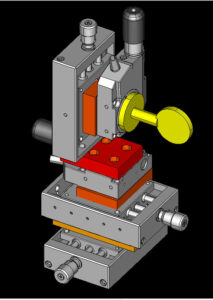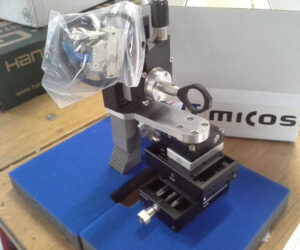PageContent
FAZIA
NUCLEX deals with the experimental study of the reaction mechanisms in collision between heavy ions in a vast range of beam energies, from just beyond the Columbian barrier up to the Fermi energies. The NUCLEX group is part of an international collaboration that led to the development and construction of the modular detector FAZIA (Four Pi A and Z Identificatio Array).
FAZIA studies the reaction mechanisms to the Fermi energies.
The Mechanical Design service was studied the mechanical support for the 16 telescopes called “quartetto”.

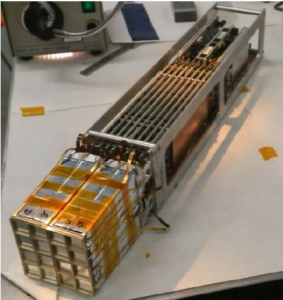
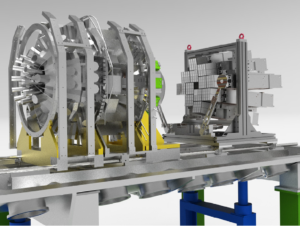
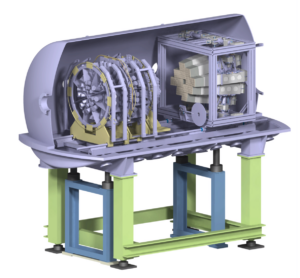
GIMBAL
Optical equipement in which a mirror is mounted in place of the targhet before the experiment. The mirror, placed exactly at the arrival point of the beam on the targhet, rotates with great precisions and reproducibility around the two axes, by means of the motorized precion goniometers.
Invested with a laser pointer, the mirror rotates and deflects the laser spot by sending in onto each detector, thus allowing angles to be read and thus the position in space of each Fazia sensors to be determined.
